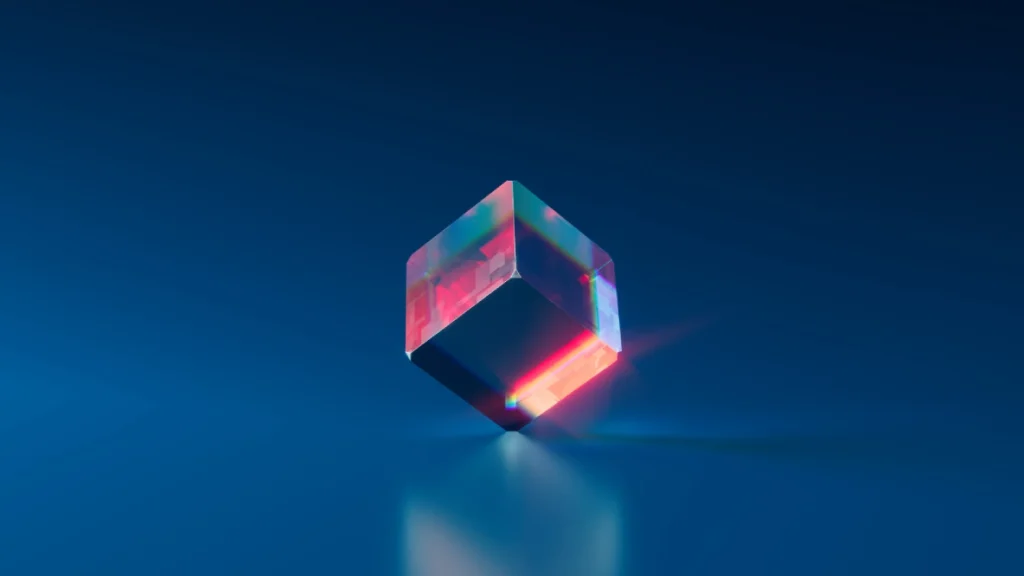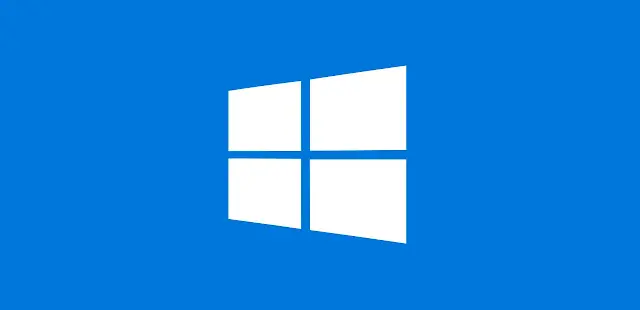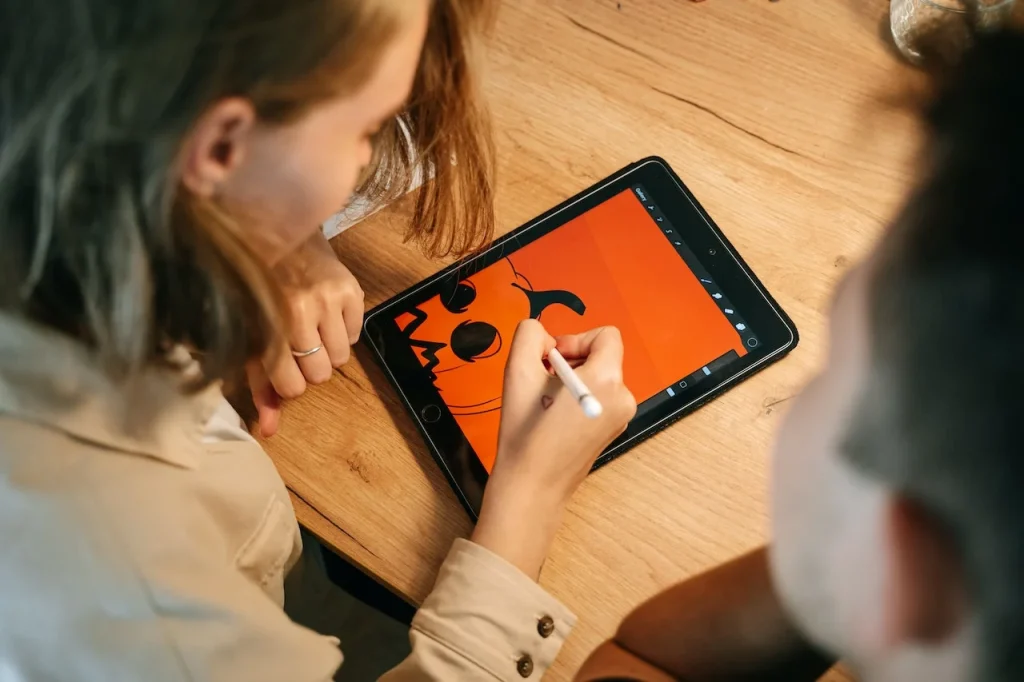Digital art is a growing industry and is attracting a lot of creative individuals with a passion for art. Digital art has evolved to great lengths with newer software, tools, and discussions.
If you are looking to become a digital artist yourself you should know what this field is all about.
That is why I compiled some questions upcoming digital artists are asking. Below are 14 of the most common digital art questions answered with relevant links for more information.
1. Is Digital Art “Real” Art?
Yes. Digital art is “real” art despite what many people might tell you.
Traditional artists say that digital art isn’t real art as they state the computer just does everything for them.
They are wrong and the reason for this is their lack of understanding of how digital artists create their artworks using digital tools and software.
Digital software and computers are just tools used to create art. You have to know how to use these tools in order to create good art and that takes time and effort.
Basically what I’m trying to say is: If you give a hammer to a plumber he won’t know what to do with it –If you give it to a carpenter, he’ll make something beautiful out of it.
The same applies to digital artists.
I have a detailed article on digital art and real art which you can check out here. It goes over the whole argument and what traditional and digital artists have to say about it.
2. Is Digital Art Easier than Traditional Art?
If you ask digital artists they’ll say digital art is easier. But, if you ask traditional artists they’ll say traditional art is easier.
As a person who has experience in both, I feel that Digital art is way easier than traditional art.
Firstly, you won’t be bound to certain conditions when painting digitally. Things such as, the paint being too wet/dry, brushes getting damaged, canvas roughing up the paints, etc.
Secondly, you won’t have to worry too much about things such as, color, composition, references, shading, etc.
Because, the computer takes care of it.
Working digital comes with color, contrast and brightness corrections, layout and composition tools, online reference material, custom brushes, gradients, etc. The examples are endless.
Finally, it is so much more convenient.
It allows you to undo your mistakes, fill up large spaces with the click of a button, effortlessly create collages, and create templates for later use.
These are some of the reasons I think digital art is easier than traditional art.
However, it should be noted that digital art itself isn’t easy. There are a lot of things to learn – Photoshop alone has around 70 different tools and many experts even don’t know what some of them do!
3. Do I Need a lot of Money to Start Digital Art?
It might be overwhelming for most beginners trying to get in the field of digital art. There are many gadgets you might see digital artists use such as, a graphics tablet, high-performance computers, and a quality desk set-up.
Fortunately, you don’t need any of that to start digital art.
Sure, they’ll improve your workflow, make you more productive, and let you create high-quality art but it’s not necessary.
However, this also depends on which area of digital art you’re going to be focusing on.
There are many fields in digital art such as, animation, painting, graphic design, web design, etc.
Some niches might require you to have a display drawing tablet, PC, and good education (which can also be expensive).
If you want more information on this topic – check out these articles I’ve written to know whether or not you would need to invest a lot of money in your digital art niche:
The above relevant articles would definitely clear up any confusion you may have.
4. Do I Need a Computer for Digital Art?
It is possible for some artists to create beautiful digital art without a computer. However, if you want to become a professional digital artist I would recommend you buy yourself a good quality computer.
This is because you will have very limited options in digital art if you are working without a computer. You won’t have access to a lot of resources, you might not be able to effectively market you’re art, and you won’t be able to run the most basic digital art software.
If you’re just starting out I would recommend you buy a cheap laptop that can run the industry-standard software.
Later in your career, you can upgrade to a newer, better computer such as an iMac or even an iPad Pro (which is becoming increasingly popular amongst digital artists).
5. Can I Do Digital Art on My Phone?
Yes. It is 100% possible to do digital art on your phone using drawing/painting apps. There are many apps on the Google Play/Apple store that allows you to create beautiful pieces of art using only your phone.
Some popular drawing apps on mobile are:
- Adobe Photoshop Sketch (Free)
- Adobe Illustrator Draw (Free)
- Autodesk Sketchbook (Free)
- Art Studio Pro (Paid – IOS only)
- MediBang Paint (Paid – IOS only)
You can download any of the above apps and start drawing on your phone. Personally, I would recommend you start with the free apps to get a feel for the apps.
6. Can I Draw Using My Fingers?
Yes. It is possible to draw on your phone using your fingers.
However, this takes a lot of practice and skill. Also the app you are using to draw should be able to keep your strokes nice and consistent.
Using your fingers is extremely difficult as you don’t have much control over your lines. I’d recommend you use a pen/stylus but, if you want to use your fingers to create some good art – it’s hard but not impossible. Who knows maybe you’ll discover your unique art style.
7. What Equipment Do Digital Artists Use?
Digital artists use a number of different gadgets, devices, tools, and software. However, it depends mostly on what niche you are working in.
Most digital artists commonly have the following equipment for their work:
- Drawing/graphics tablet
- Drawing software 3D/2D
- Good education such as, courses, books, YouTube videos etc.
- Color-accurate monitor
- Powerful computer
- High-quality keyboard and mouse
- Ergonomic chair
You might not need these exact things to become a digital artist as it depends on your style.
For example, if you are just going to be making simple digital paintings to showcase your talent, you might just need a cheap drawing tablet and a laptop.
But, if you are a full-time animator you might need an industry-standard drawing tablet as well as the above things to produce high-quality animations consistently.
8. How Do Digital Artists Make Money?
There are mainly 2 ways digital artists make money.
Doing commissioned work or being their own boss.
Commissioned work includes creating digital art for clients such as, business cards, greeting cards, custom artwork, company animations, etc.
When you are your own boss you have multiple options to make money as a digital artist:
- Becoming a YouTuber – Many digital artists make good money from their YouTube channel. There are many niches you can tap into as a YouTuber e.g. story time animation, tutorials, industry advice, graphic design, web design, etc. The possibilities are endless.
- Selling online templates – You can create templates for websites or videos to be sold in online marketplaces. This is a common side hustle for most digital artists.
- Freelancing – As a freelancer you can register yourself as a digital artist and market yourself on marketplaces such as, UpWork and Fiverr. As a freelancer you offer your services to clients who may need them. They hire you for a job, you deliver the work, and get paid.
These are just some ways to give you an idea on how digital artists make money.
For more details, I go through 11 ways to monetize your digital art here.
9. Are Digital Art and Graphic Design The Same?
No. Even though digital art and graphic design are somewhat related they aren’t the same thing.
Digital artists create art whereas graphic designers use typography, color, composition, and images to communicate a message.
Also, graphic design also involves a lot of static design such as, poster and book design. Digital art is fully digital and has nothing to do with print.
10. Is Digital Art Cheating?
No. Digital art isn’t cheating it’s just more efficient than traditional art.
Many traditional artists call digital art cheating because they state that the software does everything for them. This is not true as digital artists still have to learn the fundamentals of art such as, color, composition, perspective, and line.
Just like traditional art, digital artists also have to create artworks from scratch. You aren’t given a cookie-cutter template to help you in making an original piece of art.
11. What Software Do Digital Artists Use?
Digital artists use a range of different software as it depends on their niche.
For example, as an animator you might need software for drawing, animating, audio, and editing. As a digital painter however, you might just need a digital painting program such as Photoshop.
Here are some of the most commonly used software by digital artists:
- Adobe Creative Cloud (Suite of Adobe Creative apps)
- Affinity Software Suite (Suite of Affinity Creative apps)
- Krita (Free alternative to Photoshop)
- Gimp (Free alternative to Photoshop)
- Blender (2D/3D animation software)
- Maya (3D animation software)
- Procreate (iPad only digital art software)
These are some of the most popular ones. Of course there are many more that digital artists tend to use.
12. Can I Draw Without a Graphics/Drawing Tablet?
Yes. It is possible to draw without a graphics/drawing tablet. If you are working on a computer, you can use the pen tool, line tool, shape tool, or pencil tool to draw digitally.
Modern digital art applications such as, Adobe Illustrator, have the ability to auto-adjust your strokes. This means they will use A.I. to make your lines smoother helping you draw more accurately.
If you are on mobile it is best to use a pen/stylus and as noted above you can also use your fingers.
If you plan on making more detailed artworks, want to be more efficient, or are working professionally you might definitely need to consider buying a good quality tablet.
It also depends on your niche. As an animator, you would definitely need a graphics tablet but, you might not need one if you are just creating simple explainer videos.
If you want to know more on this topic and see which niche you would need a tablet for – check out this article.
13. Can I Draw Without a Pen/Stylus?
Yes. It is possible to do digital art on your smartphone without a pen/stylus. You can use your fingers to draw or a tablet!
Yes, that’s right, some Wacom tablets such as the Wacom Intuos, Wacom One, and One by Wacom come with smartphone compatibility. Unfortunately, if you are an iPhone user it’s not possible to connect this tab to your smartphone device.
However, XP-Pen managed to make a tablet that is compatible with IOS called the Note Plus Smart Notepad. These are however pretty rare.
You can buy a graphics tablet and plug it into your mobile device and start creating without a pen/stylus.
You can check out my beginner’s guide to buying a drawing tablet if you are thinking to buy one.
14. What Are Digital Art NFTs?
NFTs or non-fungible tokens are “digital assets that [represent] real-world objects like art, music, in-game items and videos”.
NFTs provide new ways for digital artists to secure their art and make money from it.
NFTs are used as a way to buy and sell digital art but this isn’t as simple as transferring a PNG or JPG file to a person. NFTs are created using blockchain technology.
A blockchain is a collection of blocks that store unique information. These blocks are used to create, sell, and trade NFTs. Since they include information unique to the art piece – it helps ensure that the piece be protected and not copied.
Each block is then assigned a hash which is a secret PIN code used to access the NFT.
You can see this detailed article by the AMT lab which goes over everything you need to know about NFTs.
Conclusion
This artcle showed you 14 things you should know before starting digital art. This would have hopefully cleared up any confusions or doubts you may have had regarding digital art. I hope the above links provided you with a clear explanation of the questions.
If you have any other questions I may have missed out, ask them in the comments below!



We stumbled over here by a different page and thought I should
check things out. I like what I see so i am just following you.
Look forward to exploring your web page for a second time.
Thanks for stopping by, I hope you learn something useful from the site!